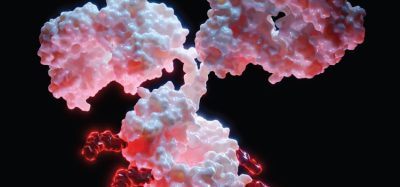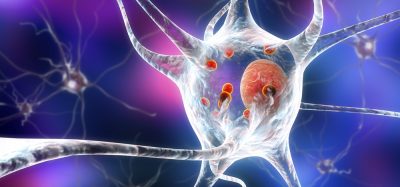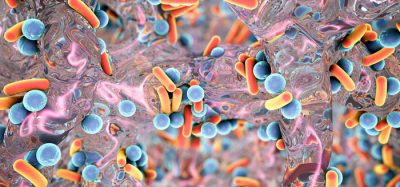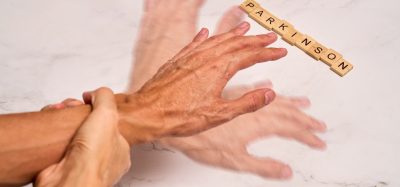Hibernator liver organoids reveal strategy to improve transplant survival
Posted: 1 October 2025 | Drug Target Review | No comments yet
Researchers have created liver organoids from hibernating Syrian hamsters, revealing how these cells survive cold storage – a discovery that could improve liver transplant success.
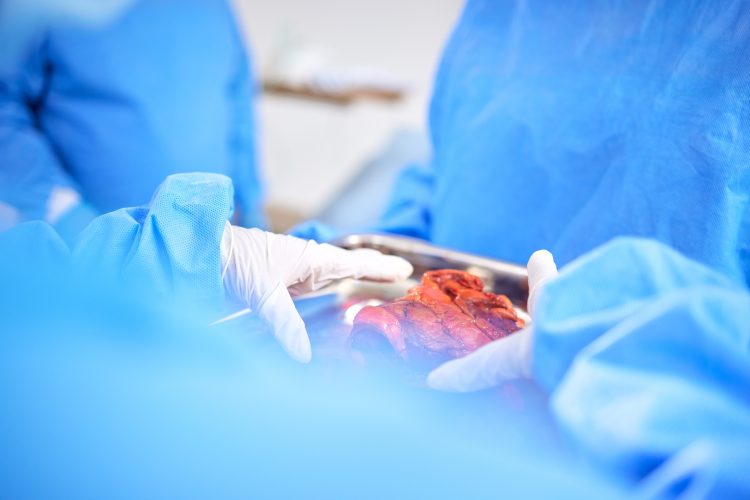

A new study published in Protein & Cell has demonstrated how liver cells from hibernating mammals, specifically Syrian hamsters, exhibit enhanced resilience to cold-induced damage. This discovery could significantly advance organ preservation strategies, particularly in liver transplantation, where success is often limited by the viability of donor organs after cold storage.
Syrian hamster-derived organoids demonstrate superior cold tolerance
The research team successfully established intrahepatic cholangiocyte organoids (shICOs) from Syrian hamsters. These organoids were subjected to cooling and rewarming cycles to simulate cold storage conditions. The shICOs maintained higher viability compared to mouse-derived organoids (mICOs), showcasing a stronger ability to withstand cold-induced stress. This indicates that cells from hibernating mammals have intrinsic adaptations that allow them to tolerate low temperatures without sustaining significant damage.
Mechanisms underlying enhanced cold resistance
Further analysis revealed that shICOs have a strong anti-ferroptosis capacity, linked to efficient iron homeostasis. This was characterised by lower levels of reactive oxygen species (ROS) and reduced lipid peroxidation during cold exposure. Key genes involved in iron metabolism, such as Fth1 and Slc40a1, were found to be upregulated in shICOs – supporting this enhanced resilience. The study also noted that these organoids could sustain cellular functions and structural integrity longer than their mouse counterparts – highlighting potential molecular targets for treatment strategies.
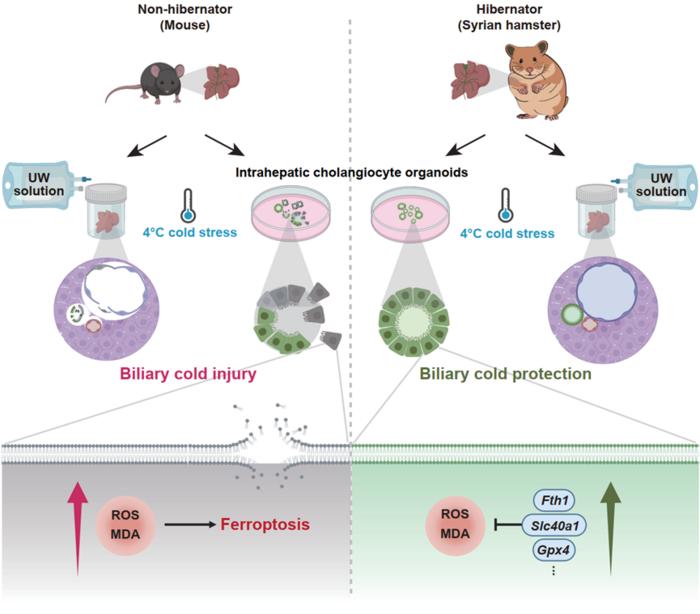

This study illustrates the construction of Syrian hamster intrahepatic cholangiocyte organoids (shICOs), recapitulating the cold-resistance features of hibernators. shICOs demonstrate enhanced anti-ferroptosis ability under cold stress compared to mouse-derived organoids, providing a promising strategy to improve biliary cold preservation during liver transplantation. Credit: Chuman Wu, Changliang Wang, Meifeng Gu, Weiya He, Wenjun Deng, Wenjie Huang, Jiayu Liao, Changhui Li, Weilue Chen, Ruiping Chen, Ji Dong, Meiling Liu
Implications for liver transplantation
The findings suggest that incorporating iron chelation agents, like deferoxamine, into preservation solutions could mitigate biliary injury during cold storage. This approach could improve the outcomes of liver transplantation procedures. The development of shICOs also offers a reproducible laboratory model for testing new organ preservation strategies – potentially reducing reliance on animal testing and accelerating clinical translation.
Future directions
The study may mark the beginning of further research into hibernation-inspired organ preservation. By understanding the molecular pathways that give shICOs their cold tolerance, researchers could design targeted drugs or preservation additives to enhance human liver resilience during transplantation. These organoids could also provide a platform to study other forms of stress resistance, including ischemia-reperfusion injury, which is a common cause of graft failure.
As scientists continue to explore the unique properties of hibernator-derived cells, these insights may provide better survival outcomes and broader availability of donor organs worldwide.
Related topics
Animal Models, Cell Cultures, Drug Discovery Processes, Hepatocytes, Organoids, Translational Science
Related conditions
Liver disease



